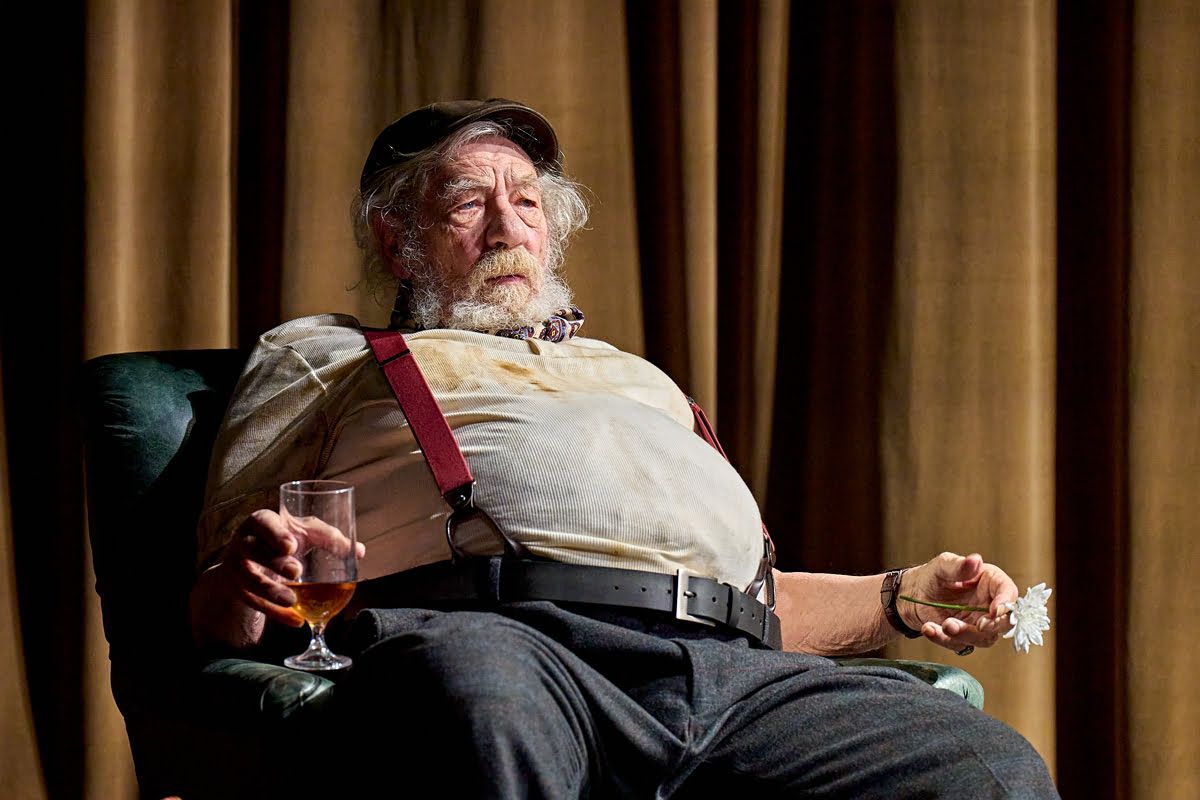
Unlocking the Language of Bingo: A Comprehensive Dictionary for Players
While fashion trends continuously evolve and change over time, some cultural traditions and activities remain steadfast across generations. Bingo, for example, has been played and cherished by generations without significant alterations to its core gameplay. Unlike fashion, which adapts to the shifting tastes and preferences of society, bingo has maintained its essence, providing a timeless form of entertainment for people of all ages. Bingo has been a beloved game for generations, offering excitement, camaraderie, and the chance to win big
However, for newcomers or even seasoned players, the language used in bingo halls or online games can sometimes be confusing. From the distinctive calls to the unique terms, understanding the language of bingo is essential for an enjoyable experience. The bingo game dictionary presented in this article , will unlock the language of bingo, providing players with a valuable resource to enhance their gameplay and deepen their appreciation for this timeless pastime.
Bingo Calls:
The first section of our dictionary focuses on the colourful and often humorous calls used by bingo callers. These calls have evolved over the years, originating from rhymes, cultural references, and playful wordplay. Here are some popular examples:
“Two little ducks” (22): This call is derived from the shape of the numbers resembling two ducks side by side.
“Legs eleven” (11): A reference to the number’s shape, which resembles a pair of legs.
“Kelly’s eye” (1): Named after the famous outlaw Ned Kelly and his distinctive monocular eye shield.
“Knock at the door” (4): A reference to the shape of the number four, resembling a door.
“Half a dozen” (6): Simply refers to the number six.
Bingo Terminology:
The next section of our dictionary delves into the essential terminology used in bingo games. Understanding these terms is crucial for effective gameplay and communication with other players. Here are some key terms to remember:
Full House: When a player marks off all the numbers on their bingo card.
One Line: Achieving a complete row of numbers on the bingo card.
Two Lines: Completing two rows of numbers on the card.
Progressive Jackpot: A jackpot that increases with each game until a player claims it by winning within a specified number of calls.
Dauber: A marker used to mark off numbers on a bingo card.
Caller: The person who announces the numbers during a bingo game.
Coverall: A variant of bingo where players must mark off all the numbers on their card to win.
Bingo Card Layout:
Understanding the layout of a bingo card is crucial for tracking the numbers called during a game. Each card typically consists of a 5×5 grid with numbers randomly arranged. The central square is usually marked as a “free” space, and each column is labelled with the letters B-I-N-G-O. This layout allows for various winning patterns, such as vertical, horizontal, or diagonal lines, as well as full house or coverall.
Special Bingo Variants:
Bingo is a versatile game, and various exciting variants have emerged over time. Here are a few popular ones you may encounter:
75-ball bingo: Commonly played in North America, this variant uses a 5×5 grid with the central square marked as a free space. Players aim to complete specific patterns, such as lines, shapes, or even themed designs.
90-ball bingo: Popular in Europe and Australia, this variant uses a 9×3 grid, with each row containing five numbers and four empty spaces. Players can win by completing one line, two lines, or a full house.
Speed Bingo: This fast-paced version is perfect for players who enjoy quick rounds. The numbers are called at a rapid pace, and players must mark them off swiftly to keep up.




